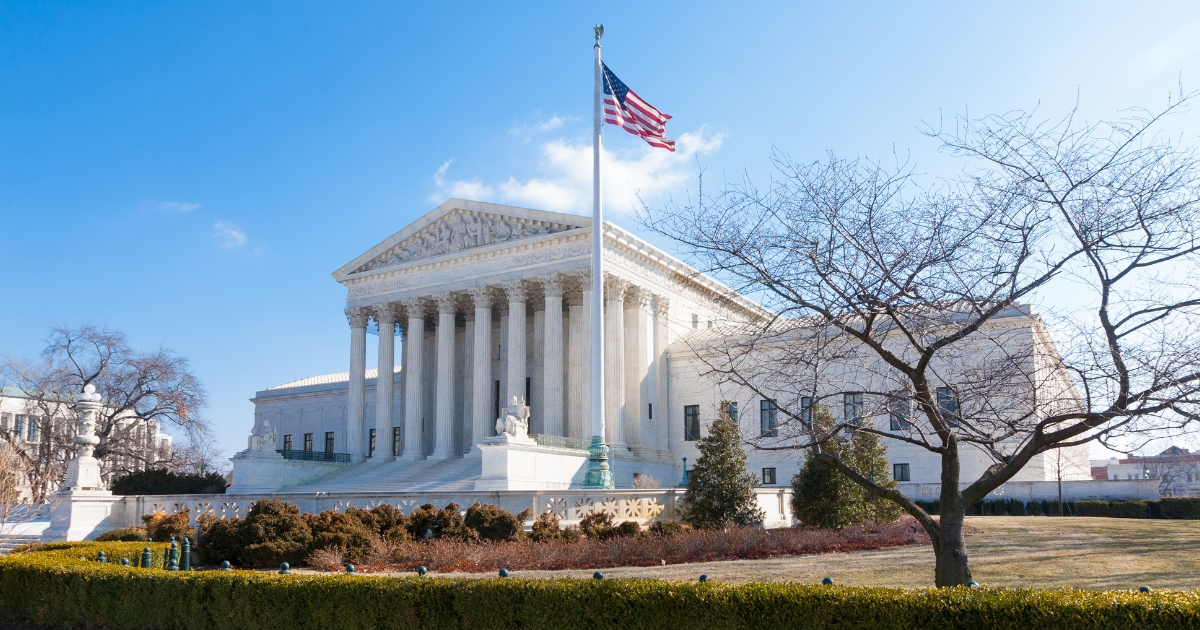
Here's How a Supreme Court Nominee Is Confirmed
The Constitution created three branches of the federal government – legislative, executive, and judicial – and set rules for how those branches operate.
Article II describes the powers given to the president, including nominating individuals to fill positions in the executive and judicial branches.
With one exception, however, the president can appoint those he has nominated only after the Senate approves them.
The exception is for “vacancies that happen during the recess of the Senate.”
The president may fill those vacancies without Senate approval, but only temporarily.
The federal judicial system has three levels.
The U.S. District Court, where cases begin, currently has 673 positions organized into geographical districts. The U.S. Court of Appeals, which currently has 179 positions, is organized into 13 circuits. The U.S. Supreme Court, with nine members, decides approximately one percent of the appeals that it receives each year.
The general process for filling vacancies on all of these courts is the same.
The president’s nomination is sent to the Senate and referred to the Judiciary Committee.
After evaluation of the nominee’s record and legal career, and a background investigation by the FBI, the Judiciary Committee holds a hearing at which a nominee testifies and answers Senators’ questions.
The Judiciary Committee then votes whether to report the nomination to the full Senate with a positive, negative, or no recommendation.
The full Senate then debates and votes on whether to give its consent and, if it does, the president signs the nominee’s commission and the new judge takes the oath of office required by federal law.
Once sworn in, under the Constitution, a federal judge serves “during good Behaviour,” meaning a judge may serve until he is impeached or chooses to leave the bench—potentially decades after his appointment.
Supreme Court nominations receive the most attention and can become controversial. In fact, nearly one-quarter of Supreme Court nominees were not ultimately confirmed.
Over the past three decades, the Judiciary Committee has held a hearing an average of 45 days after a Supreme Court nomination and a final confirmation vote occurred an average of 26 days after that.
A total of 113 men and women have served on the Supreme Court since it was created in 1789: 96 as an Associate Justice, 12 as a Chief Justice, and another five served in each position.
Only one full-term president (Jimmy Carter) did not nominate at least one member of the Supreme Court.
A version of this article previously appeared on The Heritage Foundation website under the headline, “The Confirmation Process for Supreme Court Nominees.”
Truth and Accuracy
We are committed to truth and accuracy in all of our journalism. Read our editorial standards.
Advertise with The Western Journal and reach millions of highly engaged readers, while supporting our work. Advertise Today.











